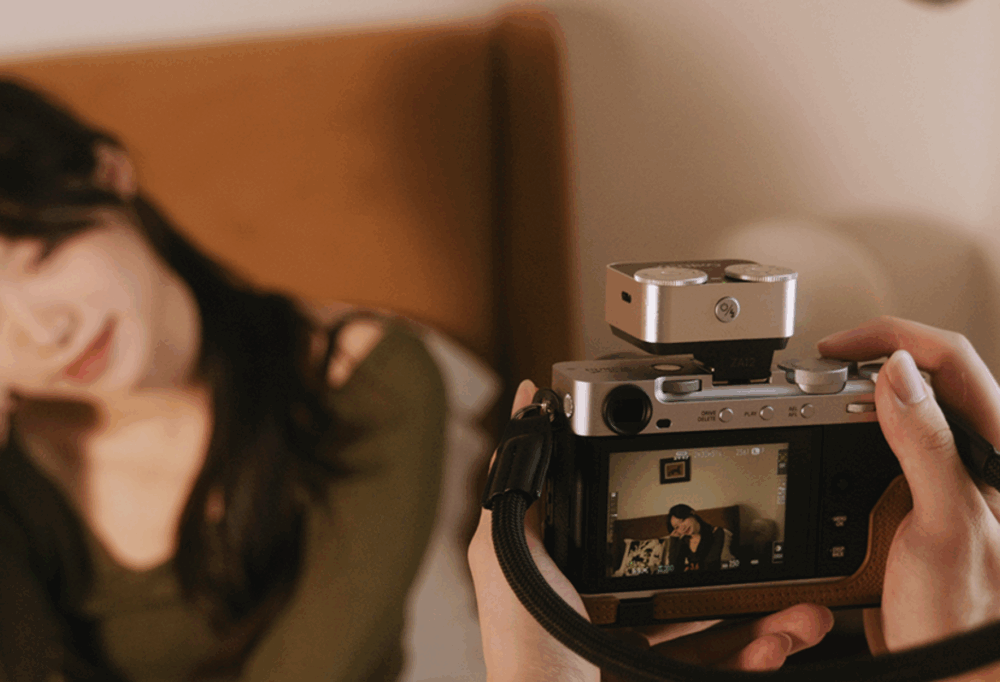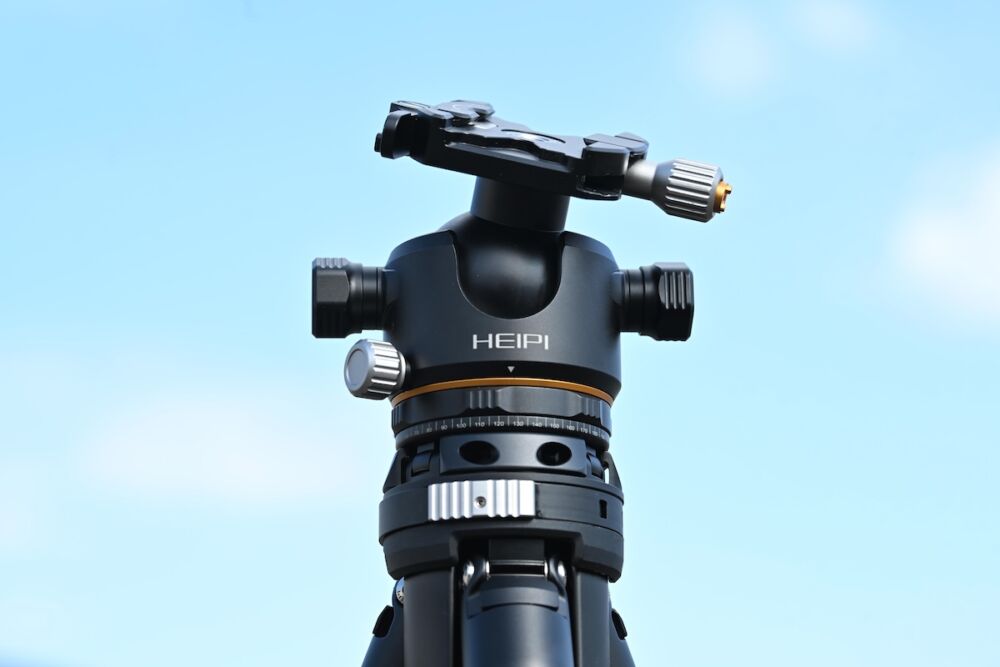On paper, the new Fuji GFX 50R doesn’t make much sense because there isn’t necessarily anything spectacular or impressive its specs, aside from it being a medium format camera. That being said, keep reading to see why the Fuji GFX 50R is a camera I might actually buy.
Here are a couple of things I noticed off the bat:
- It’s expensive – just under $5,000 to be exact
- It’s big – both in size and weight, 1,7lbs of medium format goodness
- AF system doesn’t meet the standards of the industry – we’ll get into that in detail a little later
- This camera is not designed for action, by any means (1-2 fps)
The GFX 50R is Fujifilm’s medium format camera that essentially brings medium format to the masses…well, to more of the general photography consumer base. With a price point of $4-5K, it’s not meant for everyone, but it definitely has a place in this market and makes medium format more affordable. The GFX 50 series has two different variants: the GFX 50R (Rangefinder) and the GFX 50S are differentiated by their aesthetic builds. If you’re looking for the studio workhorse, the S is the option that best fits such needs. Before I tell you what I appreciated about this camera, let me tell you what it’s not.
What This Camera is Not
This is NOT the latest and greatest Sony a7r IV that gives you the highest standard of specs under the sun, shoots 20 frames a second, etc. The GFX 50R’s autofocus system doesn’t even come close to the autofocus standards set by top performers (both DSLR and mirrorless) like the Sony a7r’s, the Canon 5D’s and the Nikon D800 series.
Even with face and eye-tracking on, it tended to miss focus or back focus, especially when the subjects were further away from the camera. But again, this camera isn’t designed for speed and action. Spray and pray doesn’t exist in the world of 1-2 frames per second when you’re shooting RAW.
Why Would I Buy This Camera?
Thus far you’re probably wondering why I would still consider buying this beast. I love cameras that have character. I like lenses and hardware that can bring something to my experience as a photographer, and that’s what this camera does have, and it has it in spades.
Medium Format Sensor
First, let’s talk about the biggest selling feature of this camera: the medium format sensor and the look that it gives you. The GFX series brings that medium format look to a camera design that is more accessible and more portable than any medium format studio camera that I have used in the past. Along with that sensor, we get this beautiful aesthetic quality that’s difficult to describe in words but is definitely noticeable. The images produced from the GFX 50R have a slight edge over its smaller sensor siblings.
Our details feel more realistic, the bokeh and focus fall-off feels smoother, and the color and graduation are vivid and powerful. The files were absolutely beautiful, very Fuji-esque. I had a blast dropping these RAWs into Lightroom and they proved to be completely flexible when pulling out detail. The whole shooting experience took me right back to shooting on a Phase One digital back… only this option is smaller and waaaay more affordable.
Forces You to Be Deliberate
You’re shooting large, 50MP medium format files that are easily 50-100 MB in size, and that’s just this camera, it’s even larger with the GFX 100. On top of that, you aren’t getting a camera that’s going to blast away shooting 10 frames a second. In addition, the design and layout of the buttons, the frame rate, and pretty much every detail of this camera were designed to be used with intention behind each and every single photograph.
I found myself having to slow down and really think through each frame I captured in a way that I haven’t done since I was using film. In fact, from the body to the mechanical shutter and the feel of this camera, I haven’t felt such a close approximation to film since, well, shooting film. It was truly a beautiful and romantic feeling that I loved. It was this that made me realize that while the latest and greatest from Sony, Canon and Nikon represented a speedboat that could take you across the pond in record speed and efficiency, the Fuji GFX 50R is more akin to a sailboat. You buy a sailboat for the lifestyle and the romance of sailing, you don’t buy it because you want to blast across the water at a 100 mph – that’s not what this camera was meant to be.
Along with that romantic lifestyle and feel, I got the entire lineup of Fujifilm simulation directly built into the camera. This makes it simple and easy to swap to any of the Fujifilm stock in-camera.
Conclusion
What Fuji has done is bring medium format, feel of a film camera, and portability to the convenience of digital. This is something worth celebrating. This is a camera and a tool that I would consider purchasing because it does what the best tools do, they force you to see the world differently. After all, that’s the main focus of our job as photographers, to see and document the world differently and unique to our own perspective. With all that said, I would recommend renting the GFX 50R for a weekend. Take it out and see if sailing is for you.


























